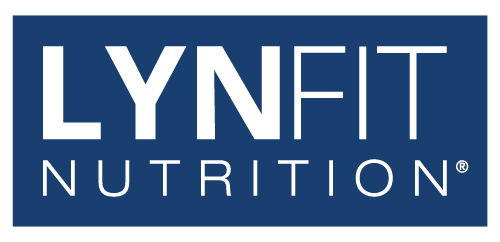Squats To Help You Reach Ketosis Faster
Share
Feeling stressed or anxious? I’ve got the perfect move that's also one of the best multitasking productivity hacks anyone can do. This one little trick can help you reach ketosis faster and is also a natural adaptogen that everyone should be doing, no excuses. The Squat!
The squat makes it easier to lose weight, preventing our bodies from getting injured, protecting knee, back, or hip pain, when done correctly.
The almighty squat is THE MOST important and essential metabolic boosting movement, but sadly, many people, even the avid exercisers, are unable to do squats in good form, the right way.
As children, we all had good squat form because we aren’t as stiff or inflexible. As we age and our hips become tighter from sitting too much and stretching too little (combined with rounded backs and knee issues), our once healthy squat turns into a disaster waiting to happen unless we correct our form. Sadly, today's health experts, including some personal trainers, tell their clients that the squat is dangerous as it will damage knees and should be avoided.
Nothing could be further from the truth. In fact, if you had to choose one move to do that would protect knees, neck, and hips, it wouldn’t be the leg extension machine; it would undoubtedly be the squat!
Squatting is a natural movement that our bodies are designed to do. Squats don't require a lot of weight to work unless you want to add bulk or size to your glutes, quads, and/or hamstrings. But, you do need to be flexible, regardless of your fitness goals. The best part is that simply doing squats (when done the right way) help keep our bodies flexible, which help prevent the injuries and issues mentioned.
Most people don't realize that squatting is a natural movement. It's good for every aspect of health, from anti-aging, strengthening bones, boosting metabolism and weight loss, improving fat burning, and keeping our knees, back, and hips in working order.
Squats are the first thing we Physical Therapists address when working with patients, regardless of their goal. Whether it be pre-surgery, post-surgery, or preventing the need for surgery, squats lead to a healthier body, which also translates into a strong mind.
Why are squats good for our bodies? What do they do?
Squats, when done correctly, serve many practical purposes. They set up the body properly for lifting objects and work all of the muscles of our lower body. If you squat using good techniques, the squat engages the top of your thighs, quadriceps, abdominals, gluteus maximus, hamstrings (back of thigh), and your calves and hip flexors.
If you love multitasking, so you get better results in half the time, squats should be your first pick! Squats burn lots of calories, which is why they power your metabolism and make losing weight easier.
When we squat correctly, making sure we are using the right muscles, it activates the gluteus maximus, which is the strongest and most powerful muscle in our body. It helps prevent back, knee, and hip injuries too as they take on the workload versus our weaker muscles taking on work they aren't strong enough for, which damages these weaker, smaller, joints like our knees.
Squatting the right way strengthens the core better than any sit-up can, when done correctly, which I’m going to address in this blog post.
Squatting builds bone density!
Squatting correctly builds bone density and prevents bone loss, slowing the aging process. If you wanna stay younger longer... SQUAT!
The strength gained from doing daily squats can keep you out of nursing homes later in life, or from needing live-in care due to lack of ability when it comes to getting off the toilet. Even if you're in your 30s, the strengthening starts now. The sooner you start, the better your odds, and it's never too late to begin strengthening.
Why is proper form so critical?
Good squat technique requires all of the muscles in the lower body and also our core, so you have a team of muscles working as a workhorse, strengthening them all during the process. This also keeps them flexible and is how we remain mobile. The proper squat does this better than any other move. Strengthening the core creates the 6/8-pack look we all desire, and squats do it like nothing else can.
Squat 101: How to do a proper squat
- Stand with your feet slightly wider than shoulder-width
- Toes turned slightly outward (this will help improve strength until you are more flexible and able to point them straight forward)
- Knees are aligned, AND DO NOT GO OVER YOUR TOES! Be sure to keep your entire foot planted on the ground
- Perfect your posture! Chest up, shoulders pulled back (place a book on your head and if it falls off when walking or squatting it lets you know your posture needs correcting)
- Slowly, methodically, and rhythmically, lower yourself down by sitting back, pushing back with your butt (butt out), while keeping your stomach in and also squeezing your buttocks together
If you haven’t been squatting, start slow, and be mindful of your movements, especially your flexibility. Allow your body to set the pace. Do not push too fast or too far. Fit happens when we are consistent and pushing harder can erase all of your efforts. Listen to your body and meet It where it is and slowly squat your way to becoming fitter!
